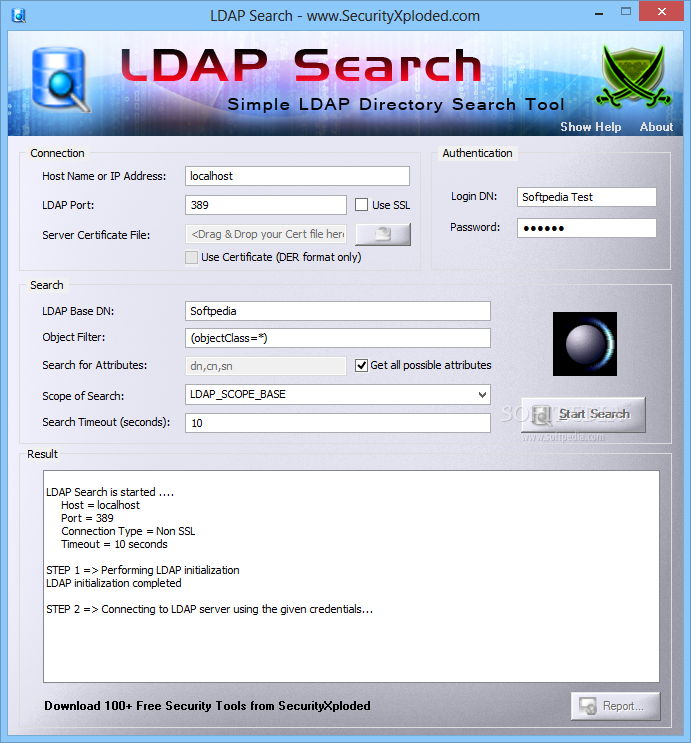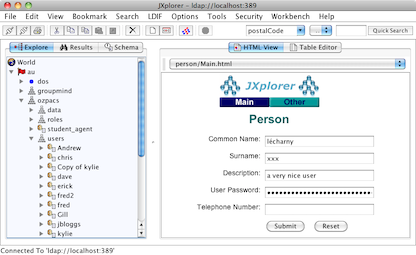

While we’ve seen a lot of these and have work arounds for most, there are always new ones. More common are more “exotic” AD configurations. By now, NoMAD is rather resilient to any network outages and other issues. The next most common problem is with either the network or the AD configuration that’s in use. As an example, you generally shouldn’t have any settings in NoMAD that are set to a blank value. If the problem is with the configuration itself, the next easiest step is to attempt to validate the XML, if you’re using a configuration profile.Ī good general rule of thumb when dealing with configurations is to manage only as much as you absolutely need to. The simplest way to test for this is to pull the configuration and see if the problem persists. Most of these configuration issues are in turn caused by creating malformed configuration profiles, scripting defaults instead of using a configuration profile, or managing preference keys that aren’t meant to be managed. The vast majority of issues we see with organizations using NoMAD are due to configuration issues. “-shares” – This will list all file shares as seen by NoMAD and give you more verbose output specific to the file shares menu.Īll of these options can be used together or individually when launching NoMAD from the CLI.
#Ldap query tool for mac full#
You’ll get to see the actual ldapsearch syntax being used and the full LDIF response from the LDAP server.

“-rawLDAP” – This will list all LDAP queries and responses as NoMAD works.“-prefs” – On version 1.1.4 and newer, this will print out all preferences as NoMAD sees them, including whether or not they are being forced via a configuration profile.There are some other flags you can use when launching from the CLI as well: NoMAD has a number of checks for these, but there’s always the chance that either we’ve left something out, or you have a setting that we’ve never seen missing a value before.
#Ldap query tool for mac code#
This typically represents a variable in the code that was expected to have a value, but is empty. The other issue that’s typically encountered is an “illegal instruction 4” error. Some things may jump out, as verbose logging should record a lot of events and information as NoMAD works. Most issues are at least identifiable in the logs. This makes it very simple to gather the NoMAD logs and see events happen in real time. This will launch NoMAD and put all logs directly into the terminal window that’s already open. Applications/NoMAD.app/Contents/MacOS/NoMAD -v For example, if NoMAD is installed in the Applications folder you’d use this in Terminal: To launch NoMAD in verbose, open up a Terminal window and put the full path to the NoMAD binary, not just the application bundle with -v. It’s perfectly acceptable to do this while other copies of NoMAD are running you’ll just have multiple icons in the menu bar. The first step in any troubleshooting process is to run NoMAD from the command line and put it into verbose mode. Here are a few tips and tricks to get things back on the straight and narrow when you do encounter these scenarios.

While we make every attempt to ensure a trouble-free experience with NoMAD, there are times when your environment isn’t what NoMAD is expecting, or when NoMAD has a bug.


 0 kommentar(er)
0 kommentar(er)
